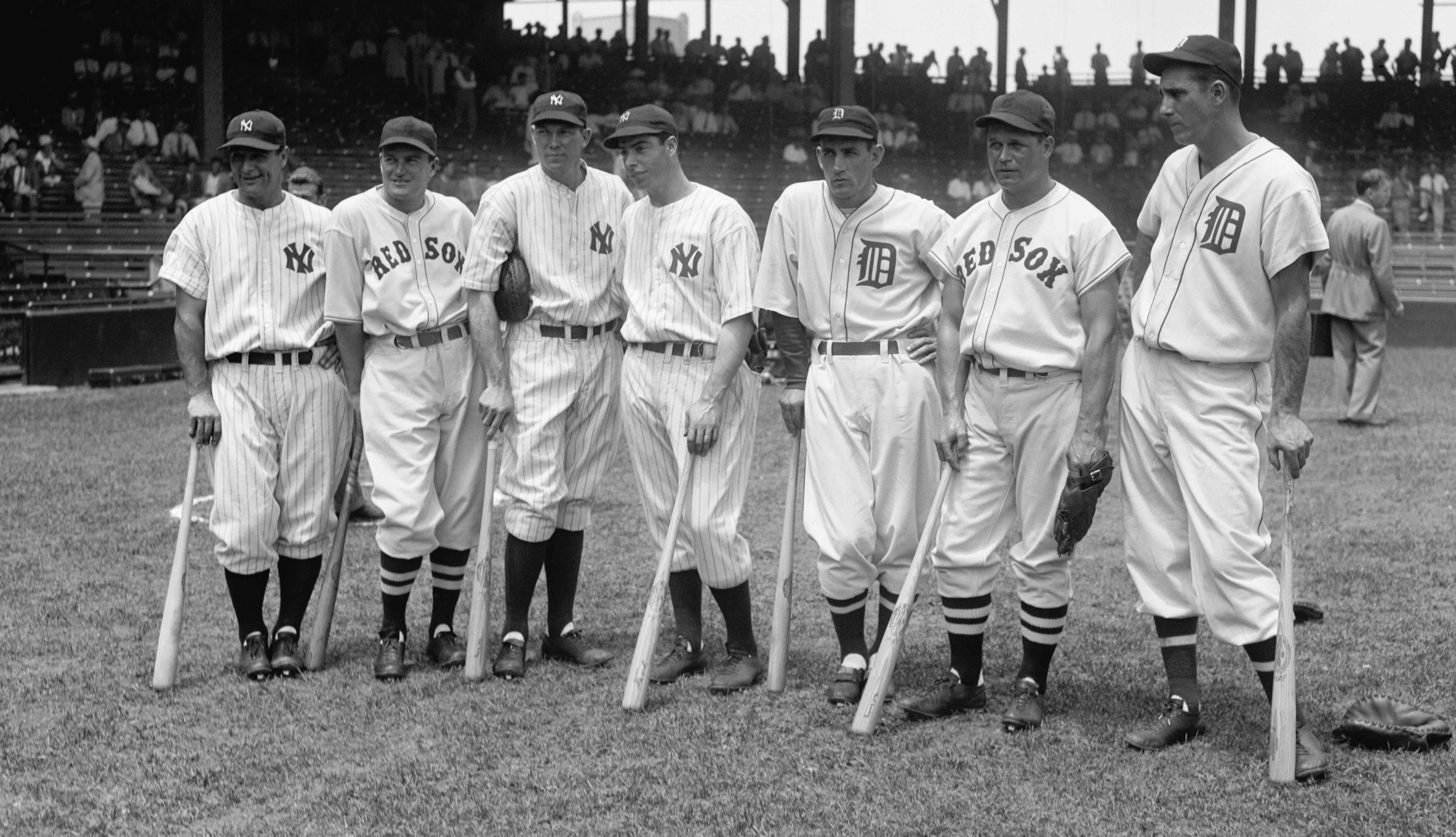Imagination, creativity and innovation are different. Understanding the differences will help your creative process.
Imagination is the source for all ideas. Creativity is the exploration leading to recognition of utility or value by others, and Innovation is the successful use of the idea.
These terms are not interchangeable, despite frequent conflation. Assume that innovation grows like a plant: Imagination is the seed, creativity is successful growth and innovation is the mature plant actively serving a purpose.
Or, using another metaphor, there are three stages in a baseball batter’s trip to home plate.
Step one is on deck, imagination. The batter imagines what he could do at the plate, which could be anything: hit a home run, strike out, swat a bird, eat chicken pot pie, dash for the fence or anything else ad infinitum. This is an internal process, envisioning a future outcome. His imagination process is hidden from everyone else. Ideally, he is imagining an outcome acceptable within the expectations of the game. His imagined act of dashing for the fence is fun, but not productive to the game.
For our metaphorical batter, step two is a test of his on-deck imagination conducted at the plate, with each pitch representing a creative potential and the opportunity to implement his vision.
Society designates an idea as creative based on its feasibility, practicality or revelation of truth. Among the batter’s ideas there are many that would not be deemed creative. For example, she could imagine hitting the ball over the fence and into orbit around the moon. But, that’s not feasible. She could imagine hitting the ball with a bowl of spaghetti—not practical. She could imagine that she has 17 strikes before she’s called out—but that’s not true.
This does not mean that you shouldn’t imagine lunar orbiting baseballs. No one can hit a ball into orbit from home plate with an ordinary baseball bat. But, in other contexts, an orbiting baseball could be a useful insight.
The creative idea is comprehensible to others and is recognized by others as original and useful.
To the batter, the creative hit—his response to his imagination—the ball must fall between the two arbitrary lines determined by “society.” If the ball crosses the line into foul territory, it is of no use.
The third step is innovation, the something new that works: a runner on base ready to advance home. Batters (and innovators) are successful when all three stages are in sync. The batter imagines doing well. He picks the pitch to swing at, directs the ball into open or new territory and achieves the innovation of becoming a runner on first.
Anyone’s imagination can wander outside the “foul lines.” Just as in batting, failed attempts outnumber the creative hits.
The path to innovation moves from imagination to creativity to innovation. The ideas that lead to creativity and innovation all begin in the individual’s imagination.
Dan Hunter





